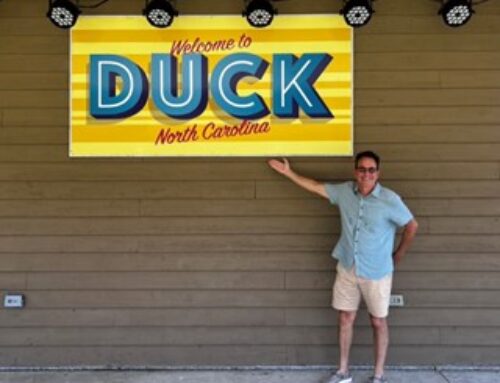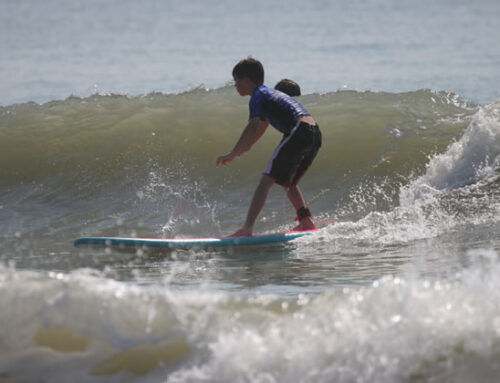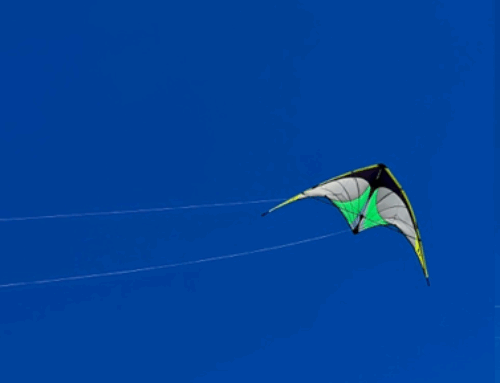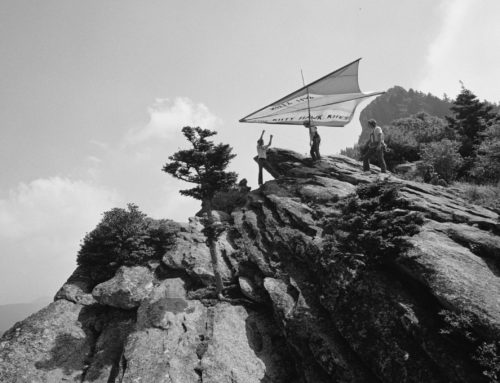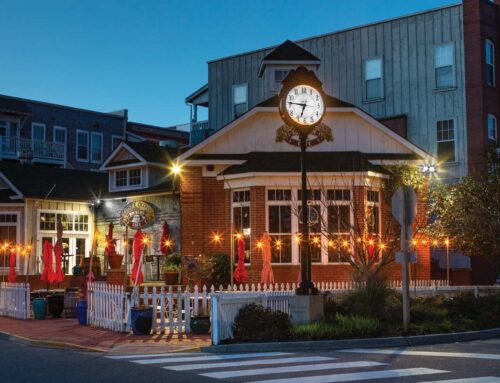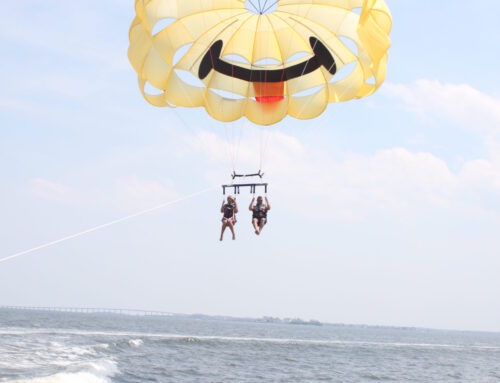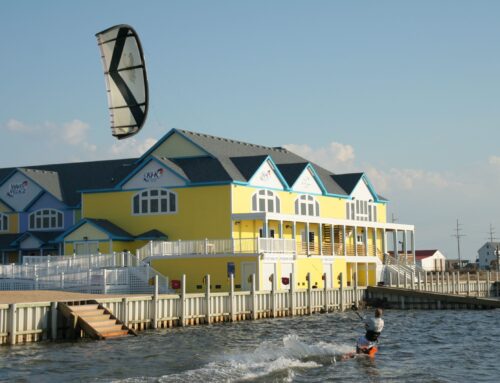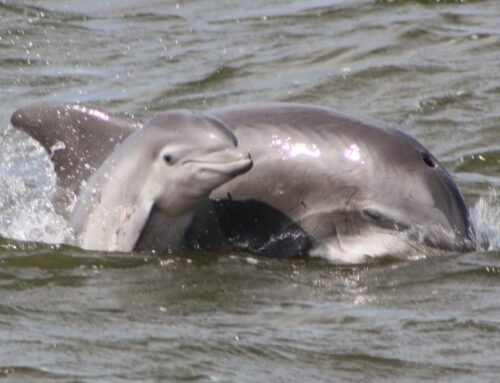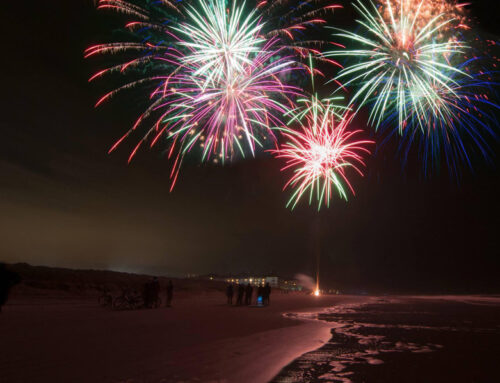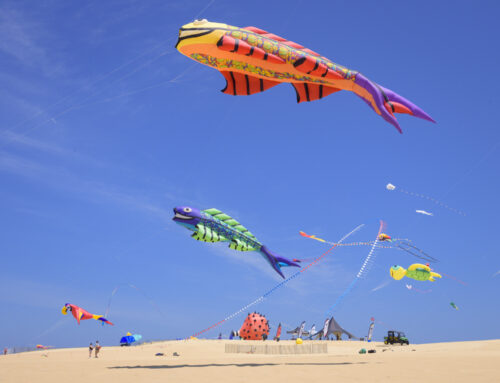A Q&A with the Legend, Jonny Thompson
As many of you know, hang gliding is near and dear to our hearts around here. After all, our slogan is “teaching the world to fly since 1974”. And for a lot of our crew, teaching the world to fly makes the journey home from work with them and becomes a part of their lives. When the instruction on the dunes end, and all the tandem flights at the Cotton Gin land, a lot of our pilots begin preparing for their own, flying at competitions around the country. A competition is an opportunity for pilots from around the world to get together, compete, and grow their skills as well as the sport. These competitions aren’t like many others around the world, with pilots from around the globe coming together for a week of fierce, friendly flying.
For one of these pilots, Jonny Thompson (pictured below with the awesome mustache), teaching the world to fly is everything.
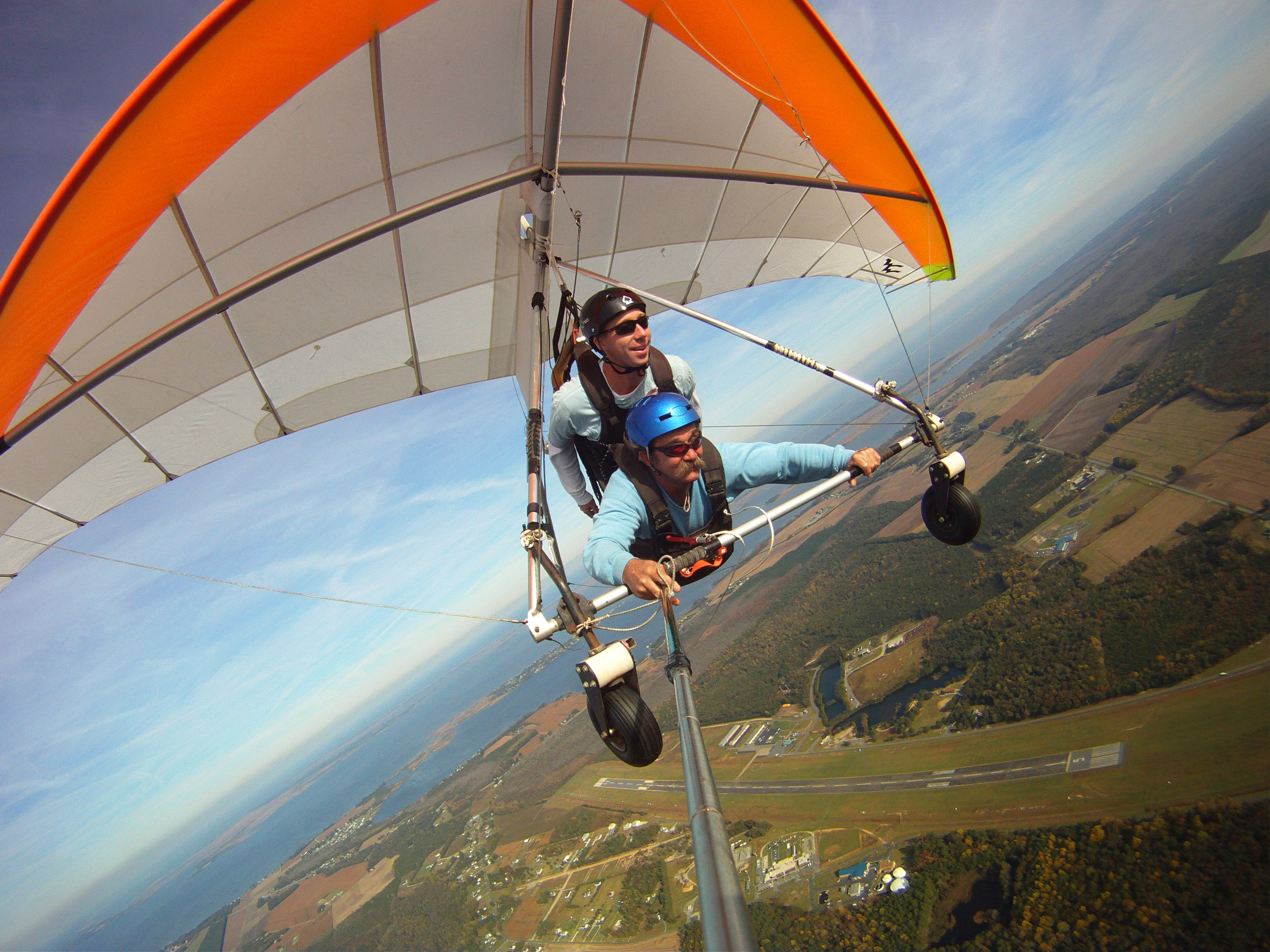
He manages our flight park at the Cotton Gin. And anyone who has seen his smile when he’s flying knows that he’s found his correct line of work. But Jonny isn’t just a star pilot on the beach. His skills have taken him all over, helping to grow the sport he loves. We recently had the opportunity to speak with him about his role at the competitions as a tug pilot, the pilot who pulls the hang gliders up into the air for their competition. Being that the tug pilots are part of the small group responsible for safely getting the pilots launched, we were excited to hear Jonny’s take on how what makes these competitions click.
So, how long have you been going to hang gliding competitions? What keeps drawing you back?
“1999 or 2000 was the first year I was hired as a tug pilot for a National Competition. I worked at the Quest Air Open in Groveland Florida. I didn’t start to tow and fly as a hang glider pilot at the same time until 2012. We usually have three to four aerotow competitions a year. Each is seven days with an eighth day as a practice day before the actual meet starts. Each week is the most challenging and exciting time of my year. Most of all it is the people that keep me going to every event I can.”
As an experienced pilot you often help as a tug pilot as well, what is your favorite part about helping out in this role?
“It’s always been about flying for me. As a tug pilot, it’s my job to give every pilot who hooks up to my rope the very best tow possible. From the moment we first start the take-off roll I try to fly the perfect speed and direction. As we get higher I am searching for the best part of the sky for lifting air. Thermals are never in the same place for very long, so it is the tug pilots’ job to put as many pilots together in lifting air as possible. Then we do our best to find the next area of lift to start a new gaggle. Once a pilot releases from our tow line, usually at 2,000 feet above the ground. Then the tug pilot’s job is to get down safely as fast as possible. Going down over 3,000 feet per minute, land, and maneuver in front of the next competitor to start the next tow as soon as the hang glider pilot is ready.”
Between the launch, ascent, pilot release, and rapid descent for the next pilot, there must be a lot of factors to constantly monitor as the tug pilot like wind speed and direction, surrounding structures, pilots. But what would you say would be the most surprising thing you take into account that most people would not think of?
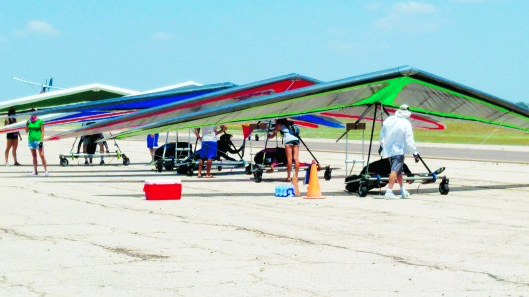
“Meet Directors hire the most experienced Tug pilots they can find because we are flying at places that are best known for strong lift. We wait till the day starts to get turbulent before flying. Once we start we are often putting 10 to 15 pilots in the same area of the sky, and often very close to the same altitude. This group of pilots in the same thermal is called a gaggle. We then race down to tow the next pilot. So, it is the tug pilot who samples the air to learn where the pilots are most likely to find thermals.”
So, you guys have a sampling of the factors for what the pilot can expect when they get to altitude, which makes their job a lot easier! What are some other responsibilities of the tug pilots during the competition?
“Tug pilots are really just responsible for having the planes ready for each day. And for starting the competition on time (and I do mean within seconds). Towing each competitor to the right altitude and in the best air possible, then getting back on the ground as fast as possible (safely) and repeat. We have a Meet Director, Safety Director, Launch Director, and lots of volunteers who set up the launch, check that pilots are ready when they get to the front of the launch line, help retrieve launch carts and then put it all away after the last pilot leaves. We also have drivers who go out, find all the pilots, and bring them back to launch for the next day.”
With the Green Swamp Klassic in Florida, and of course Hang Gliding Spectacular right on the Outer Banks, what are some of your favorite locations you’ve been able to be a tow pilot?
“For four years Jamie Sheldon and Steve Kroop put on a competition called the Flytec Race and Rally. We would start at Quest Air in Groveland, Florida the first day. The task for the day would have the Hang Glider pilots race around one to four waypoints to a goal, usually 60 to 160 Kilometers downwind, as close to another airport as possible. After we launch all the competitors, the tug pilots would have lunch, then fly to the next airport and spend the night. The next day we would set everything up, launch from the new airport and repeat. By day seven we usually had competed in three or four different states and at seven different airports, depending on the wind and weather. My Favorite single site Competition is The Big Spring National, held in August at Big Spring Texas. It is the “biggest air” I have ever flown in. Fastest climb rate, largest thermal size, and highest altitude gains. And until this year in Australian the longest distance to goal called and flown.”
What do you mean when you say “biggest air”?
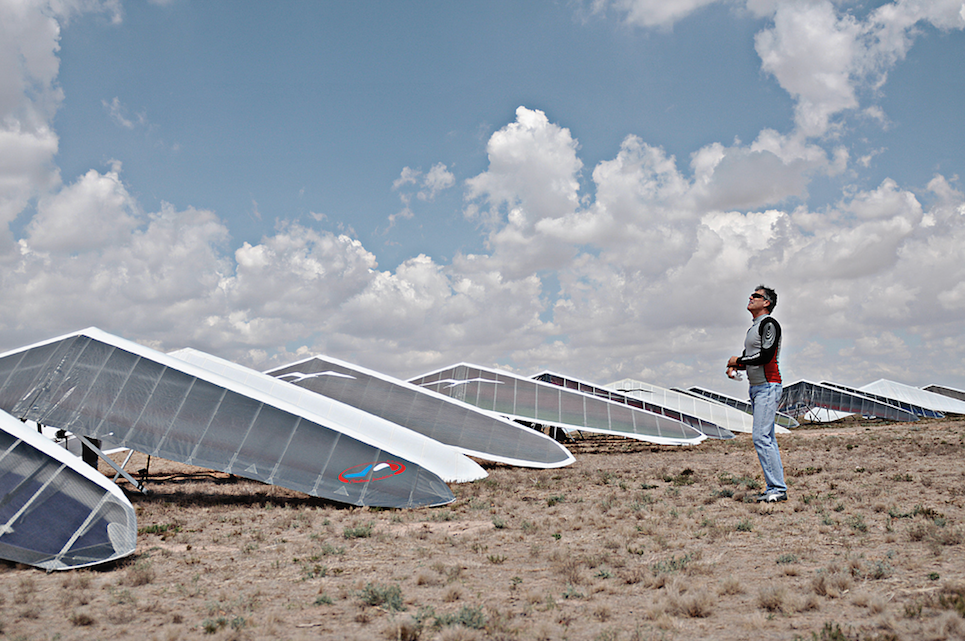
“Well, big air is a two-word description of hundreds of soaring conditions. All of them “big” in some way or in many ways. Such as thermals that are large in size so you can make big turns without falling off the edge of the lift. Or the thermal is rising really fast so the hang gliders climb hundreds of feet per minute away from the earth. The atmosphere may cool enough that the pilots can climb up to 17,999 feet above sea level. Above that hang gliders are not allowed. It can also mean the air is very turbulent for the amount of lift that is available. Or that everything has come together in the same place and flights of hundreds of miles measured in a straight line are possible. Or, as my wife says, really good flying conditions.”
The “big air” sounds pretty incredible, it must be quite the sight to see all those gliders climbing away out of the atmosphere! So, for anyone who hasn’t been to a hang gliding competition, what are some other great reasons they should come out and check it out?
“Finally, an easy question. At most hang gliding sites, a pilot launches and within a few minutes is out of sight. Or at least very small. It’s the nature of what we are doing. The same thing goes at an aerotow competition. Except we have 30 to 130 hang glider pilots taking off one after another from the same spot. This means that there is one open cockpit airplane taking off and landing for every hang glider that takes off. We use at least one tow plane for every 10 competitors so that we can launch one hang glider ever three minutes or so. We try and put as many pilots in the same area in the sky as we can, to give everyone the same chance to start the race. This makes for the busiest airport in the world for the short time we launch each day. Watching pilots come into goal is also great fun for everyone. Often pilots who have worked together to find lift out on the course will be close together when they get high enough to fly the last leg straight to the landing field. So, the last glide into goal is where the race gets really fast. Watching this “race to goal” can be even more fun that the launch.”
We’d like to take the chance to thank Jonny for letting us pick his brain a little bit to find out a bit more about the sport that he not only loves but gets to pass along to so many new pilots. If you read that and can’t wait until May on the Outer Banks for Hang Gliding Spectacular, you can come by the hang gliding school in Nags Head any day of the week and talk to our guys about flying and hopefully, even take a lesson for yourself! We also will be opening up our flight park at the Cotton Gin in April and hope you’ll all come up there to fly with our awesome crew and get to meet Jonny in person.
